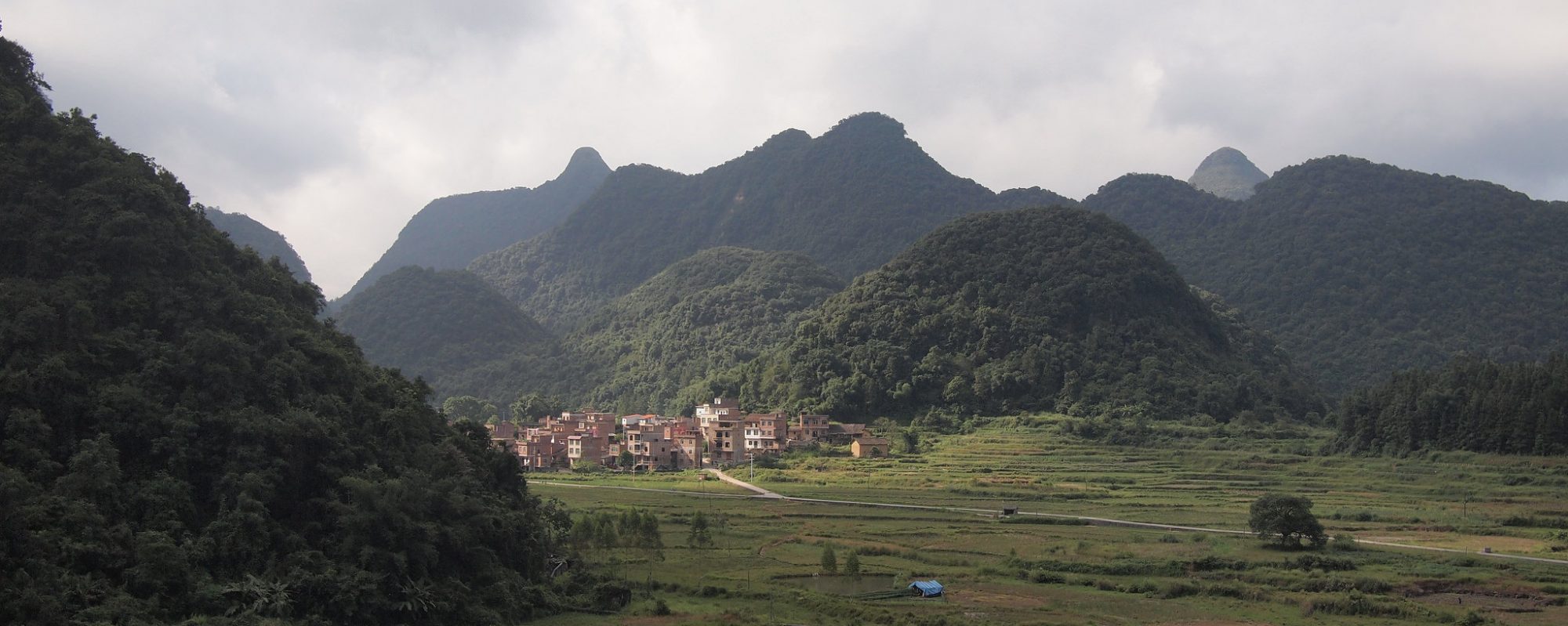Our new paper looks at recent dynamics in woody vegetation in Sahel and finds some interesting patterns which are mainly controlled by human population density. Martin Brandt, Pierre Hiernaux, Kjeld Rasmussen, Cheikh Mbow, Laurent Kergoat, Torbern Tagesson, Yahaya Ibrahim, Abdoulaye Wele, Compton J. Tucker, Rasmus Fensholt. Assessing woody vegetation trends in Sahelian drylands using MODIS … Continue reading Recent woody vegetation trends in Sahel
Tag: Environmental change
AGU 2015
We had three presentations at this years AGU fall meeting in San Francisco. Find the posters and presentations as PDFs here (the copyright is with the authors): Feng Tian, Martin Brandt, Yi Liu, Rasmus Fensholt. Remote sensing of biomass dynamics in drylands: Evaluating vegetation optical depth (VOD) using AVHRR NDVI and in situ data. AGU … Continue reading AGU 2015
Woody vegetation and land cover changes in the Sahel of Mali (1967–2011)
Another very interesting publication using object based methods to detect single trees on very high resolution imagery is online.Raphael Spiekermann, Martin Brandt, Cyrus Samimi, Woody vegetation and land cover changes inthe Sahel of Mali (1967–2011), International Journal of Applied Earth Observation and Geoinformation, Volume 34, February 2015, Pages 113-121.It can be downloaded for free until … Continue reading Woody vegetation and land cover changes in the Sahel of Mali (1967–2011)
Climate, Environment and Vegetation in the West African Sahel
Here's a press release summarizing parts of my PhD. It was released by the University of Bayreuth (http://www.uni-bayreuth.de/pressemitteilungen-html/121-Sahelzone/index.html) and IDW (http://idwf.de/-CREwAA) in German (thanks to Pierre Gosselin for translating). As I got many emails on this, we want to make clear at this point that we do not aim to question climate change with this article! It shall give background … Continue reading Climate, Environment and Vegetation in the West African Sahel
Modeling Soil and Woody Vegetation in the Senegalese Sahel in the Context of Environmental Change
We have another interesting article about environmental change in the Sahel online. For this article, we used a Random Forest classifier and remote sensing products, to model a soil map in the Senegalese Sahel. If people are interested, I can put the R code online. Brandt, M.; Grau, T.; Mbow, C.; Samimi, C. Modeling Soil … Continue reading Modeling Soil and Woody Vegetation in the Senegalese Sahel in the Context of Environmental Change
Pixel-wise time series trend anaylsis with NDVI (GIMMS) and R
The GIMMS dataset is currently offline and the new GIMMS3g will soon be released, but it does not really matter which type of data is used for this purpose. It can also be SPOT VGT, MODIS or anything else as long as the temporal resolution is high and the time frame is long enough to … Continue reading Pixel-wise time series trend anaylsis with NDVI (GIMMS) and R
50 years of woody vegetation and land-cover change in the Sahel of Mali
The Sahel region has often been acclaimed as one of the “hot spots” of environmental change. Degradation of environmental conditions was accelerated by droughts and an overall decrease in precipitation. The resulting loss of woody vegetation cover was often considered as irreversible desertification. Recent findings, based on small-scaled analyses of satellite images, show an increase … Continue reading 50 years of woody vegetation and land-cover change in the Sahel of Mali
Detecting environmental change using time series, high resolution imagery and field work – a case study in the Sahel of Mali
Climatic changes and population pressure have caused major environmental change in the Sahel during the last fifty years. Many studies use coarse resolution NDVI time series such as GIMMS to detect environmental trends; however explanations for these trends remain largely unknown.We suggest a five-step methodology for the validation of trends with a case study on the Dogon Plateau, … Continue reading Detecting environmental change using time series, high resolution imagery and field work – a case study in the Sahel of Mali





